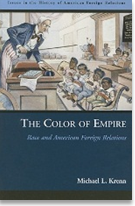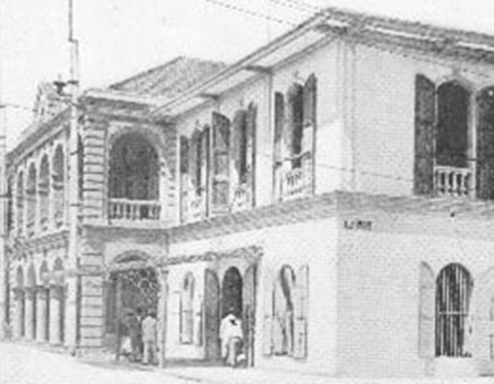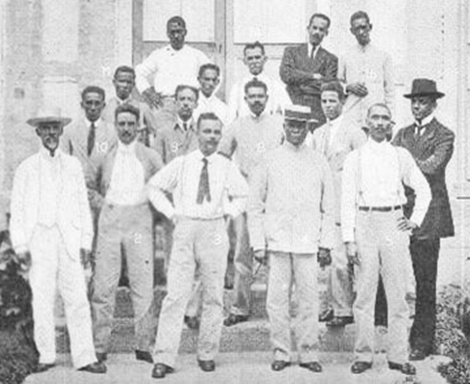 "National City Bank in Haiti" by Michael L. Krenn, Ph.D.
"National City Bank in Haiti" by Michael L. Krenn, Ph.D.
Krenn is Professor of History at Appalachian State University. He has written numerous books, such as U.S. Policy Toward Economic Nationalism in Latin America, 1917-1929 (1990) and The Color of Empire: Race and American Foreign Relations (2006).
The National City Bank of New York first became involved in Haiti in 1911 when, bowing to pressure from the U.S. government, the bank and several other American financial institutions were allowed to purchase a fifty-percent interest of the Banque Nationale de Haiti. National City Bank’s presence in Haiti developed quite rapidly: one of its officials, Roger Farnham, soon became vice-president of the Banque and in 1913 was named president of the National Railway of Haiti. By 1914, Farnham was in nearly constant contact with President Woodrow Wilson and Secretary of State William Jennings Bryan, consistently stressing the instability of the Haitian government and the supposed threats posed to American investments by French and German interests.


Following the U.S. military intervention in 1915, National City Bank moved to consolidate its economic grip on Haiti, first by pushing other American banks out of the Banque and then buying out the remaining French interests in 1919. In short order, the national bank of Haiti now became simply another branch of the New York financial giant and Haiti was forced to pay National City Bank to serve as the nation’s treasury service. Nearly $3,000,000 was transferred from the Banque to the National City Bank headquarters in New York with minimal interest payments made to Haiti. Between 1922 and 1925, National City Bank was awarded three loans to Haiti totaling over $23,000,000 from which the Bank realized a profit of at least one million dollars. The biggest windfall enjoyed by the Bank came in 1922 when the government of Haiti, pressed by the U.S. government, agreed to finally redeem old National Railway bonds—seventy percent of which were then owned by National City Bank. The profit for that particular deal ran to nearly $3,000,000 In a 1920 issue of The Nation, African-American author and activist James Weldon Johnson decried what he called the "financial engulfment of Haiti by the National City Bank," and many other black Americans shared his distaste of the U.S. actions in Haiti. In 1935, just one year after the United States officially ended its military occupation of Haiti, National City Bank sold the bank to the Haitian government. The United States would continue its financial receivership over Haiti until 1947.